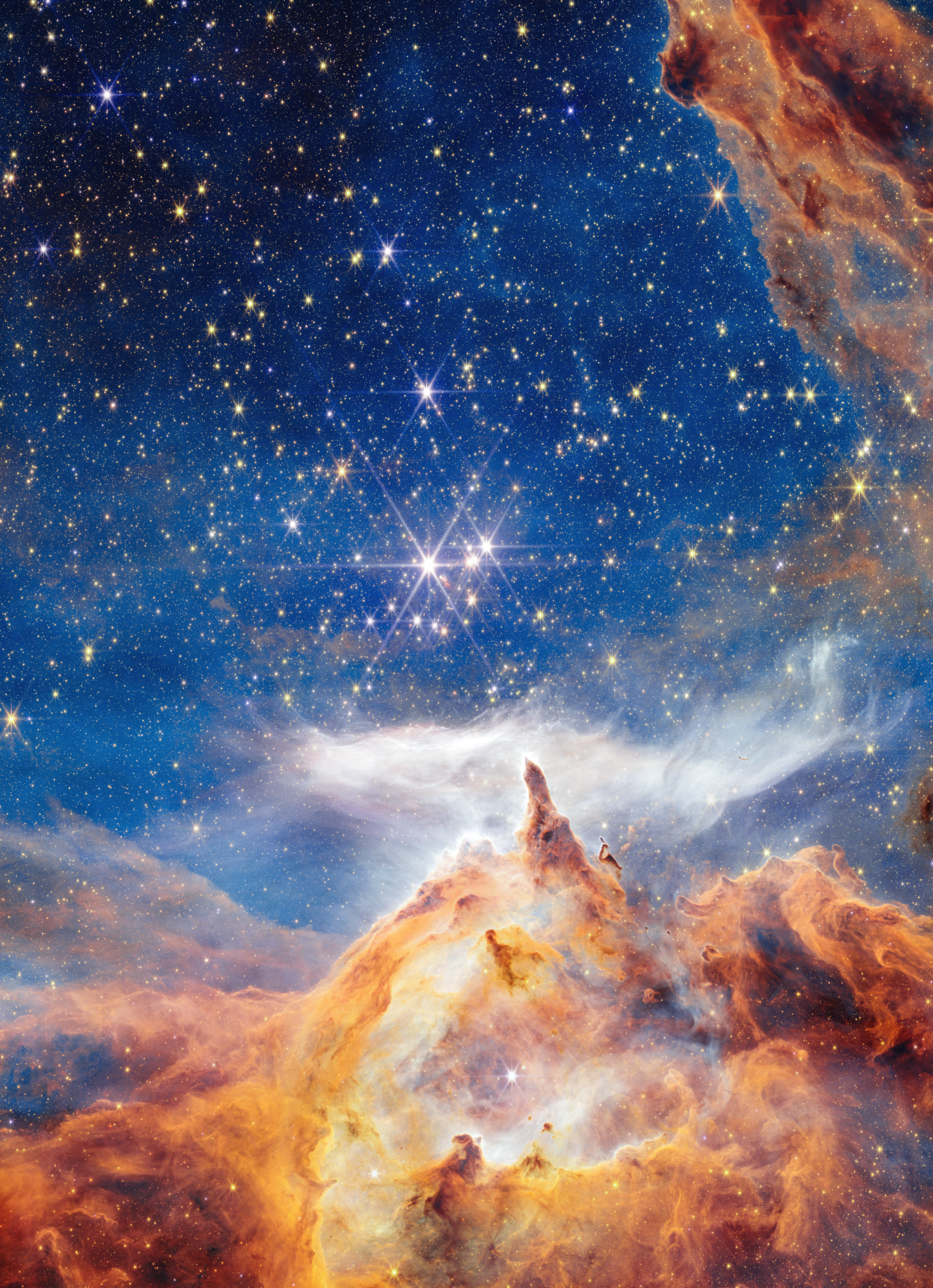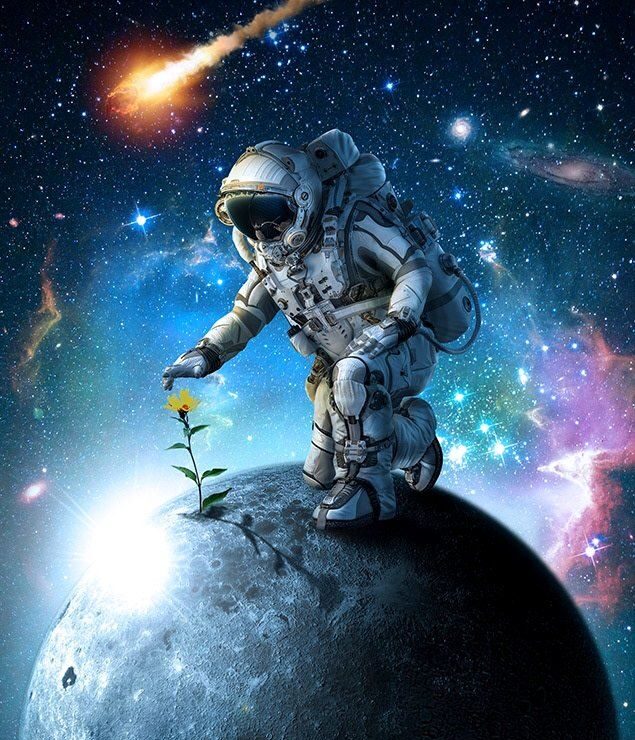James Webb Lobster Nebula Image Reveals Star Birth

The James Webb Space Telescope Lobster Nebula image, released by NASA on September 4, 2025, shows the young star cluster Pismis 24 in breathtaking detail. Located 5,500 light-years away in the constellation Scorpius, this stellar nursery is one of the nearest regions where massive stars are born. As a result, astronomers gain a rare opportunity to study how hot, young stars form and evolve.
Captured with Webb’s NIRCam (Near-Infrared Camera), the image reveals thousands of stars that sparkle like jewels in space. For example, the brightest stars, seen with six-point diffraction spikes, are the most massive. Meanwhile, hundreds to thousands of smaller stars glow in white, yellow, or red depending on their type and the surrounding dust. In addition, Webb also uncovers tens of thousands of background stars that belong to the Milky Way galaxy.
This discovery is important because Pismis 24 provides unique insights into the life cycle of massive stars. Therefore, astronomers can compare how young stars develop in different regions of space. Moreover, the Lobster Nebula shows how star birth drives the growth and evolution of galaxies.
The James Webb Space Telescope continues to reshape our view of the universe. For instance, from the Pillars of Creation to distant galaxies, Webb’s infrared vision allows us to see hidden cosmic structures with unmatched clarity. Ultimately, these images help scientists piece together the story of how stars and galaxies form over time.


The Title is obviously catchy ✨
Awww the title
Winvn9? Yeah, I gave it a whirl. The registration was smooth, and I liked their promotions. Could use a bit more polish visually, but the games played fine. Worth a shot, I reckon. You can find them here: winvn9
Hey guys! Just downloaded the plus777apk and so far, so good! Seems legit and the games are running smooth. Hopefully, my luck changes soon! Check it out yourself: plus777apk
Vegas79bet… Feels like a mini-Vegas right at your fingertips. Good mix of games to keep you entertained. I had a good time exploring. Go have a look: vegas79bet
13win33…okay, I’m always on the lookout for a new place. This one seems alright. Not the best, not the worst. Some decent promos, I think. Check out 13win33 maybe you’ll have better luck than I did.
Just downloaded the 535betapp, and it’s surprisingly good! Works smoothly on my phone. A must-have if you’re always on the go. Download from: 535betapp